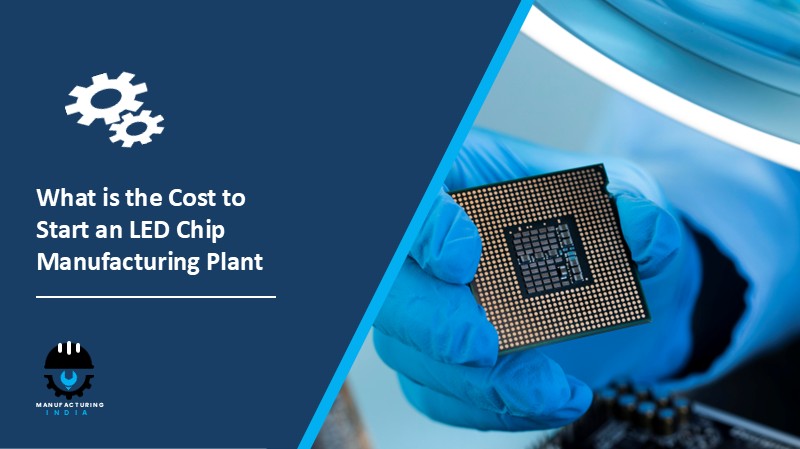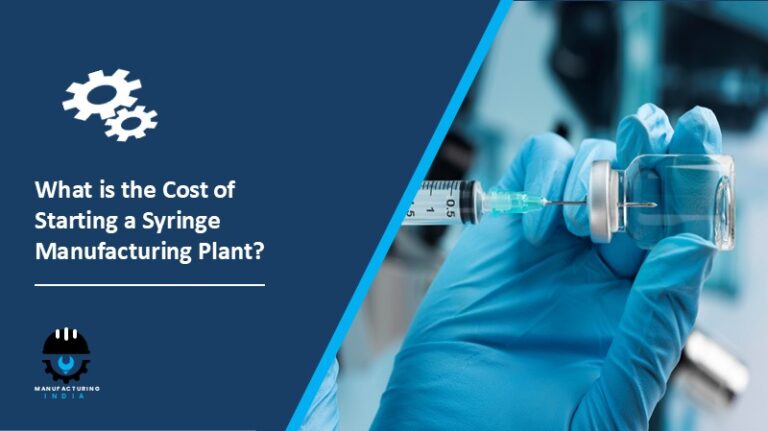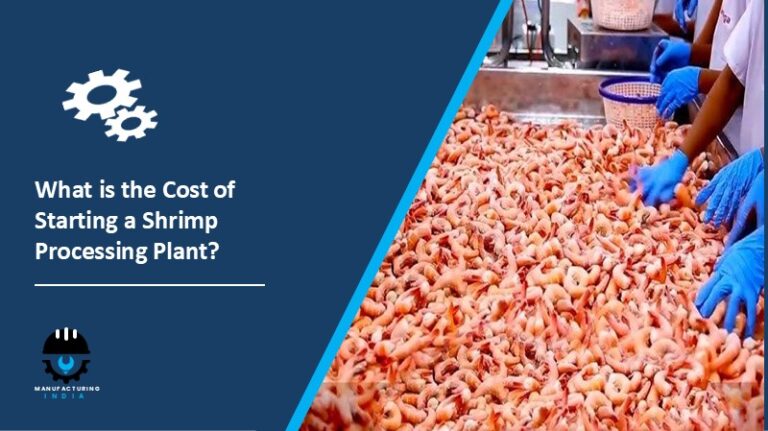
The LED industry is one of the fastest-growing sectors in the world, driven by energy efficiency, government initiatives, and rapid urbanization. With the increasing shift toward sustainable lighting and electronic displays, the demand for LED chips is rising exponentially. If you are planning to invest in this lucrative market, understanding the LED chip manufacturing plant setup cost is essential.
Below is a step-by-step overview of what goes into setting up an LED chip production unit, including insights on LED manufacturing machinery cost and the cost to start an LED chip business.
1. Overview of LED Chip Manufacturing
LED (Light Emitting Diode) chips are the core components that generate light in LED products. Their manufacturing involves semiconductor processes such as wafer growth, photolithography, etching, doping, packaging, and testing. Establishing a plant requires precision technology, skilled manpower, and significant capital investment.
The global LED chip market is witnessing strong growth due to increasing demand for smart lighting systems, automotive lighting, and display panels. Investing in a domestic LED chip facility can reduce dependency on imports and tap into this expanding market.
2. Step 1 – Land and Site Development
The first major cost component is land and site setup. You’ll need a clean and contamination-controlled space for semiconductor fabrication.
- Land requirement: Typically, 20,000–50,000 sq. ft. for a medium-scale facility.
- Location: Industrial zones with stable power supply and cleanroom-friendly conditions are ideal.
- Cost: Land and civil construction together can account for 20–25% of total project cost.
Site development includes civil works, flooring, HVAC installation, power distribution, and dust-free environment preparation.
3. Step 2 – Machinery and Equipment
The LED manufacturing machinery cost forms the largest portion of capital investment. Manufacturing LED chips involves high-precision semiconductor equipment.
Key machinery includes:
- Epitaxy reactors for wafer growth
- Photolithography and etching machines
- Doping and diffusion systems
- Die bonding and wire bonding machines
- Encapsulation and packaging units
- Testing, sorting, and inspection systems
Depending on capacity and technology level, the machinery cost may represent 40–50% of total setup investment. Imported equipment can significantly raise costs, but modern local alternatives are emerging.
Automation can further increase initial expenses but ensures long-term efficiency and consistency in chip quality.
4. Step 3 – Raw Materials and Utilities
After machinery, raw materials and utilities are crucial recurring expenses that determine the operational cost of your LED plant.
Raw materials include:
- Gallium nitride (GaN), indium, phosphors, and sapphire wafers
- Chemicals and gases for etching and doping
- Packaging materials such as silicon and epoxy compounds
Utility requirements:
- Continuous power supply
- Ultra-pure water systems
- Cleanroom air handling systems
- Waste gas treatment
Utility and raw material costs together typically account for 15–20% of total project cost in the first year.
5. Step 4 – Manpower and Operational Setup
An LED chip plant needs a mix of engineers, technicians, and operators trained in semiconductor fabrication.
Manpower categories:
- Production engineers
- Equipment maintenance staff
- Quality control and R&D teams
- Administrative and logistics staff
Labor and HR costs will vary depending on your region and level of automation. Highly automated plants may reduce manpower costs but increase capital expenditure.
6. Step 5 – Licenses, Approvals, and Compliance
Before starting operations, several regulatory and safety approvals are required, including:
- Factory licenses and environmental clearances
- Pollution control and hazardous waste management approvals
- Power and water usage permits
- Fire safety and occupational health certifications
While these are relatively smaller expenses, they are mandatory for legal operation.
7. Step 6 – Project Cost Estimation
The overall cost of setting up an LED chip manufacturing plant depends on multiple factors such as production capacity, level of automation, and regional expenses. For a medium-scale facility, land and building development typically account for around 20–25% of the total project cost, covering site acquisition, construction, and infrastructure setup. The machinery and equipment segment represents the largest portion, contributing about 40–50% of the investment, as it includes advanced semiconductor fabrication and testing systems.
Raw materials and utilities, such as wafers, chemicals, gases, electricity, and water, generally make up another 15–20% of the total expenditure. Meanwhile, manpower and training constitute approximately 5–8%, depending on the skill level and automation in operations. Finally, licenses, approvals, and miscellaneous expenses contribute around 2–5%.
In total, a small-scale LED chip manufacturing unit may require an investment of a few million USD, whereas a large, fully automated fabrication facility could demand tens of millions. Ultimately, the cost to start an LED chip business is determined by factors such as capacity, technology, location, and the degree of process automation.
8. Step 7 – Financial Analysis and Profitability
Once the setup cost is determined, estimate the potential returns. LED chip production requires a high initial investment but can deliver strong margins due to growing demand for efficient lighting and displays.
Key profitability factors:
- Market price of LED chips
- Yield and defect rates during production
- Raw material cost stability
- Energy consumption and maintenance expenses
- Government subsidies or incentives for domestic semiconductor manufacturing
A well-optimized LED chip plant can achieve profitability within 3–5 years, depending on market conditions and operational efficiency.
9. Step 8 – Government Support and Incentives
In many countries, including India, the government provides subsidies, tax benefits, and infrastructure support for semiconductor and LED manufacturing. These include:
- Production Linked Incentives (PLI) for electronic manufacturing
- Capital subsidy for technology development
- Import duty reductions for essential machinery
Such incentives can reduce the LED chip manufacturing plant setup cost significantly and improve project feasibility.
10. Conclusion
The LED chip manufacturing industry offers excellent potential for investors aiming to enter a high-growth, technology-driven sector. While the cost to start an LED chip business is capital-intensive due to machinery and infrastructure needs, the long-term returns are substantial.
By carefully analyzing land, equipment, raw materials, and regulatory costs, you can estimate a realistic LED manufacturing machinery cost and total project investment.



